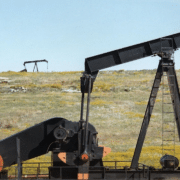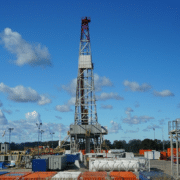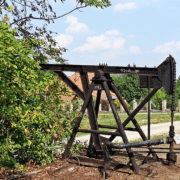There are many situations in which someone may ask, “How long do mineral rights validity last?”. Sometimes, an individual may inherit mineral rights from someone deceased, only to be left with unexpected taxes and a whole lot of questions.
In other cases, abandoned residential and commercial plots can be orphaned, leaving former owners to wonder if they are entitled to the property. In this article, we will explain how long mineral rights last and what that means for future owners.
Mineral Rights Last as Long as You Do
If you own mineral rights, they are yours. You own them until the day you die, that is unless you give them to someone else. There are three ways mineral rights are transferred: as a sale, as a gift, or in a will in the event of a death. Mineral rights are just like any other piece of property. As the rightful owner, you have the right to it so long as they are yours.
Does a person or a business were to own mineral rights and then fail to pass them to another party? then the property is considered abandoned. This is going to happen if a person dies or simply forgets they own the property or if a business were to cease operation but fails to sell its land.
Abandoned or Unclaimed Mineral Rights
In America, mineral rights laws vary from state to state. For the vast majority of states, however, abandoned or unclaimed mineral rights are going to eventually default to the current surface rights owner. This can take over 10 years, although is only usually a handful, depending on your location.
Conclusion
In conclusion, it is always important to do and keep your paperwork in order. If you own mineral rights, you own them until they are transferred from you in business or in death. Do you intend to bequeath your mineral rights to an heir? Then, it is important to make sure that everything is in order.
If you have further questions about mineral rights validity, feel free reach out to us here.










